Exceptionalities Assessment: Methods, Tools, and Situational Analysis
VerifiedAdded on 2021/09/15
|7
|1539
|184
Report
AI Summary
This report delves into the assessment of students with exceptionalities, outlining various methods and tools used in the evaluation process. It begins by defining assessment and its importance in determining student progress, strengths, and weaknesses. The report then explores several assessment tools, including the Wechsler Individual Achievement Test (WIAT), Kaufman Assessment Battery, Gray Oral Reading Tests (GORT), and Test of Written Language (TOWL). The core of the report involves applying these tools to specific situations, such as students struggling with information retention, reading fluency, and writing skills. The report suggests which tools are most appropriate for each scenario and provides guidance on how to interpret the results to enhance student performance. The conclusion emphasizes the overlapping nature of these methods and the importance of using assessment findings to develop tailored interventions and support student success.
1 out of 7
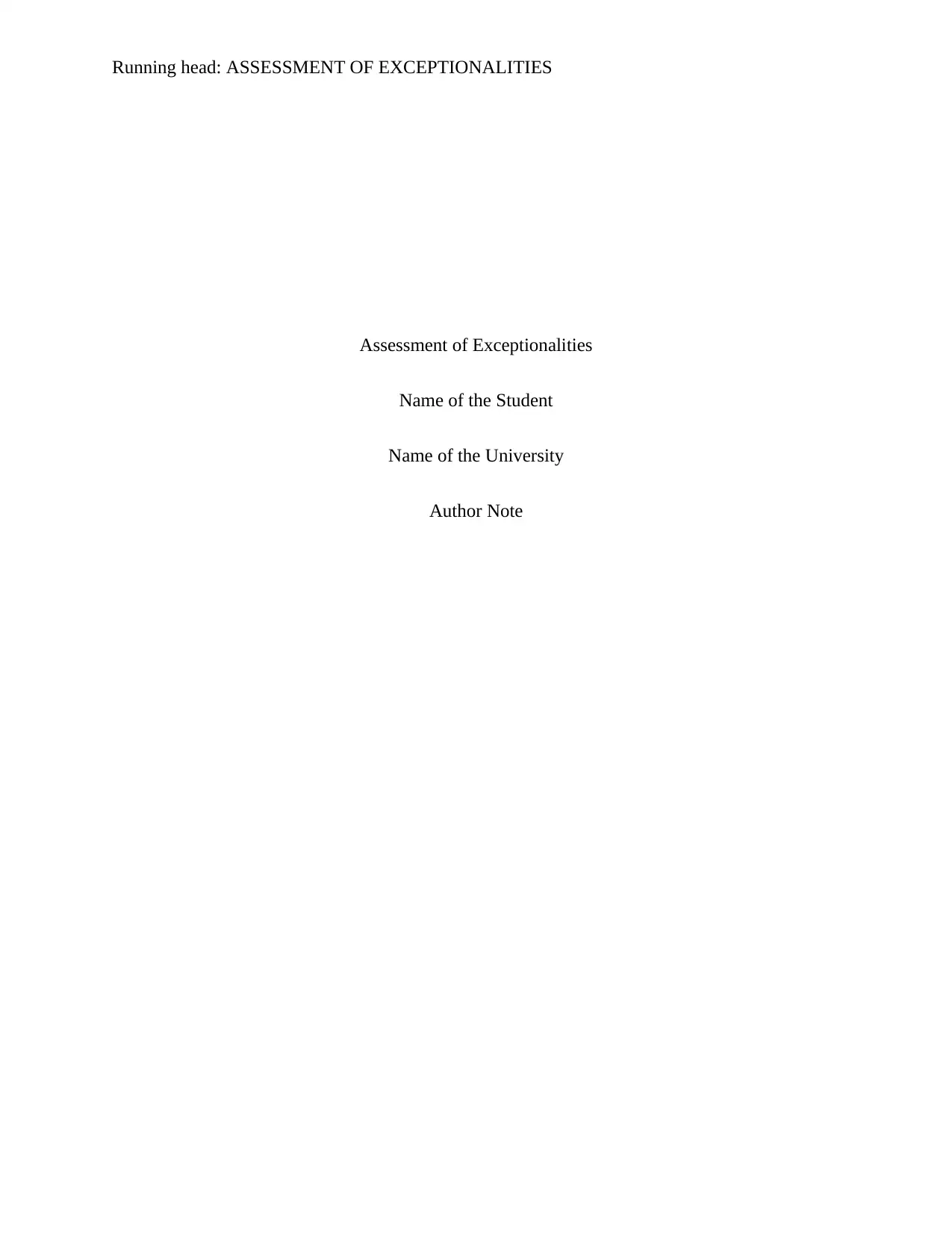
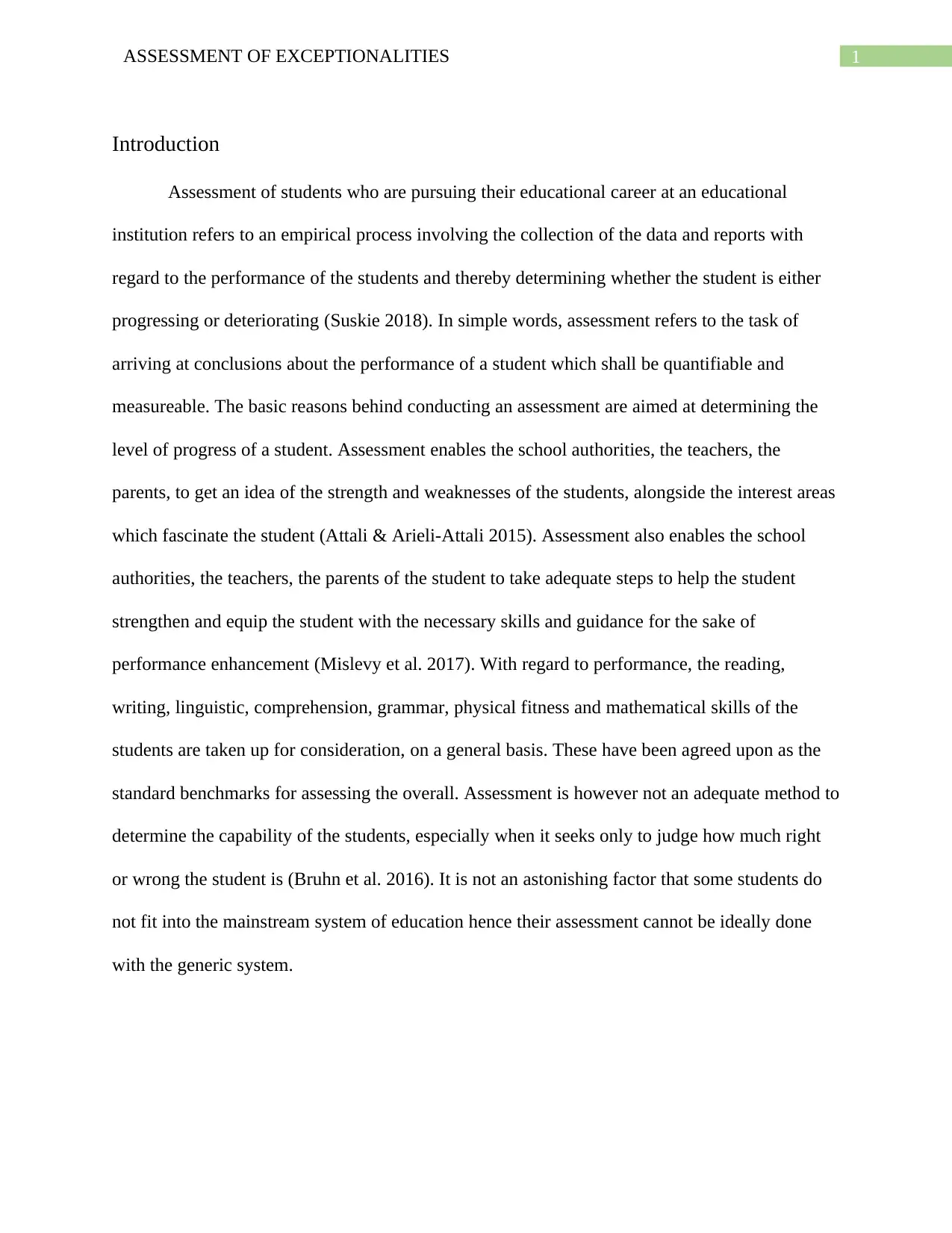
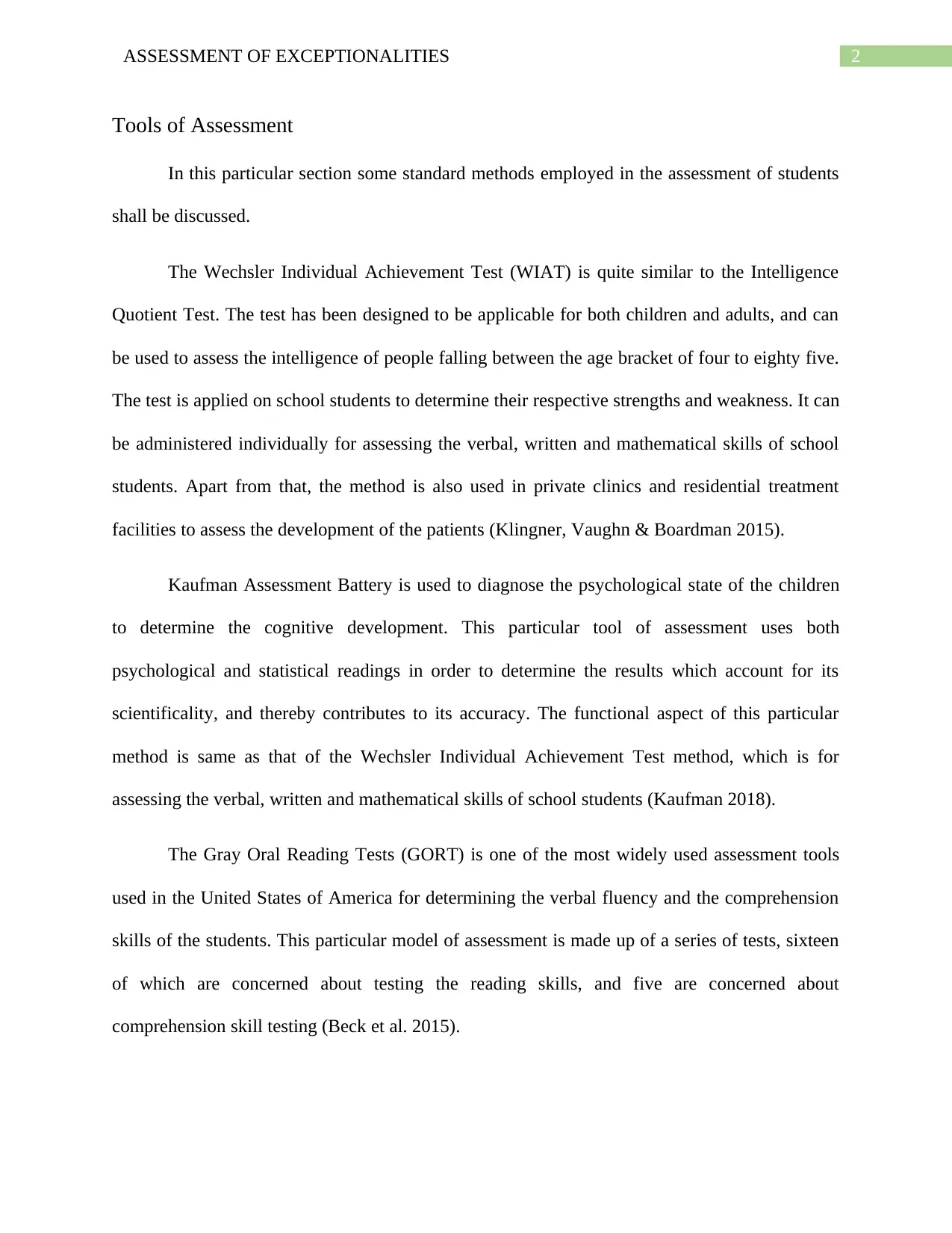
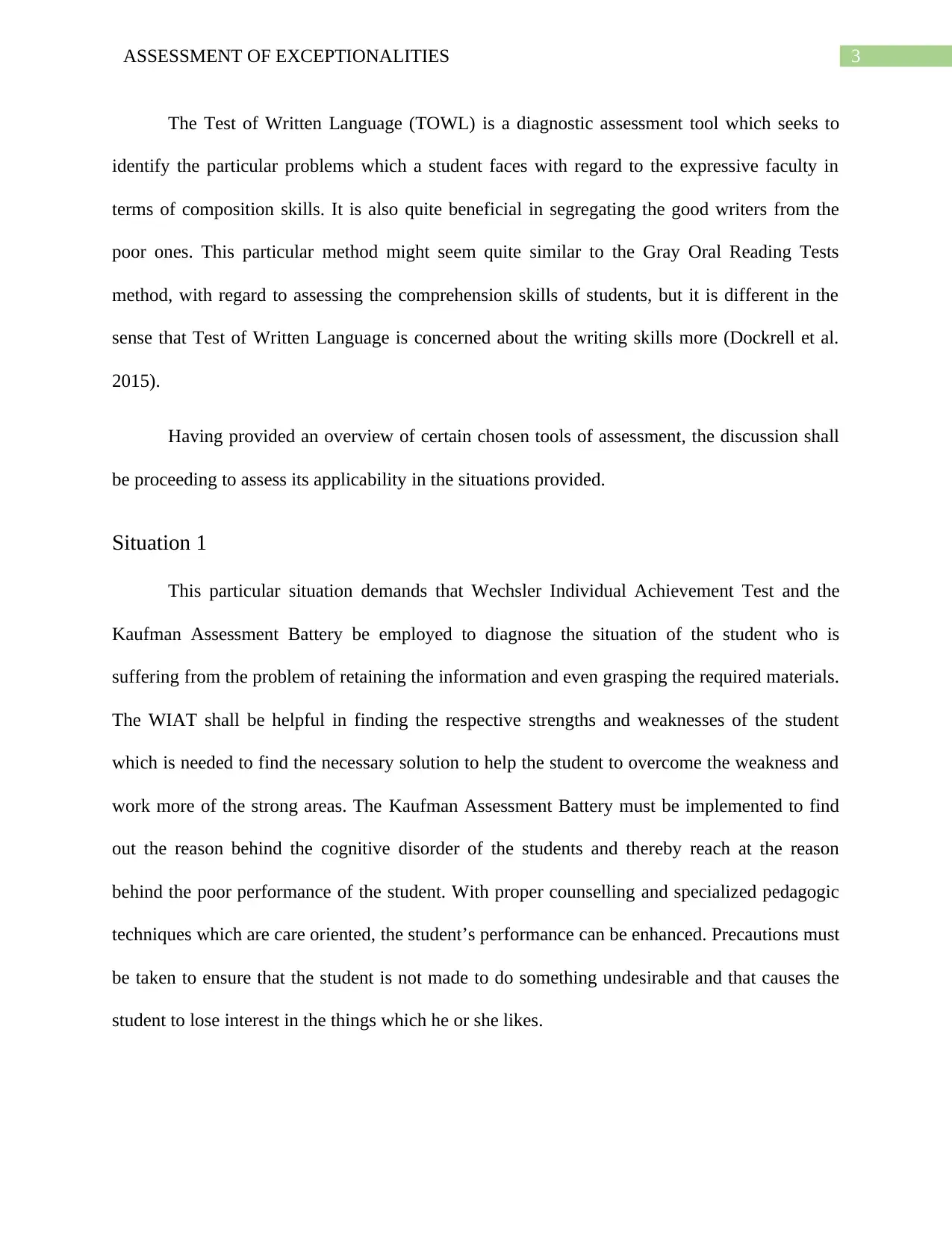
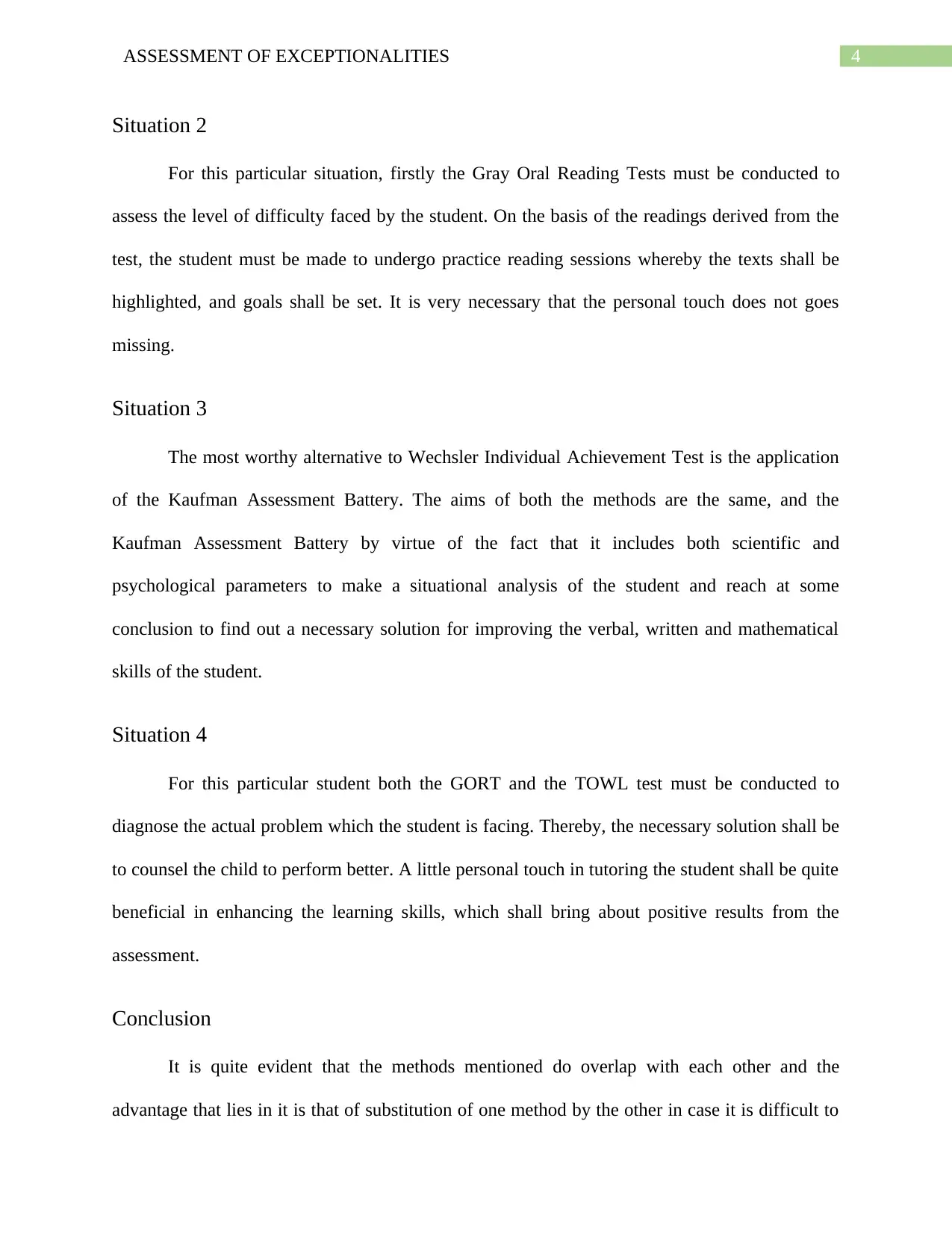
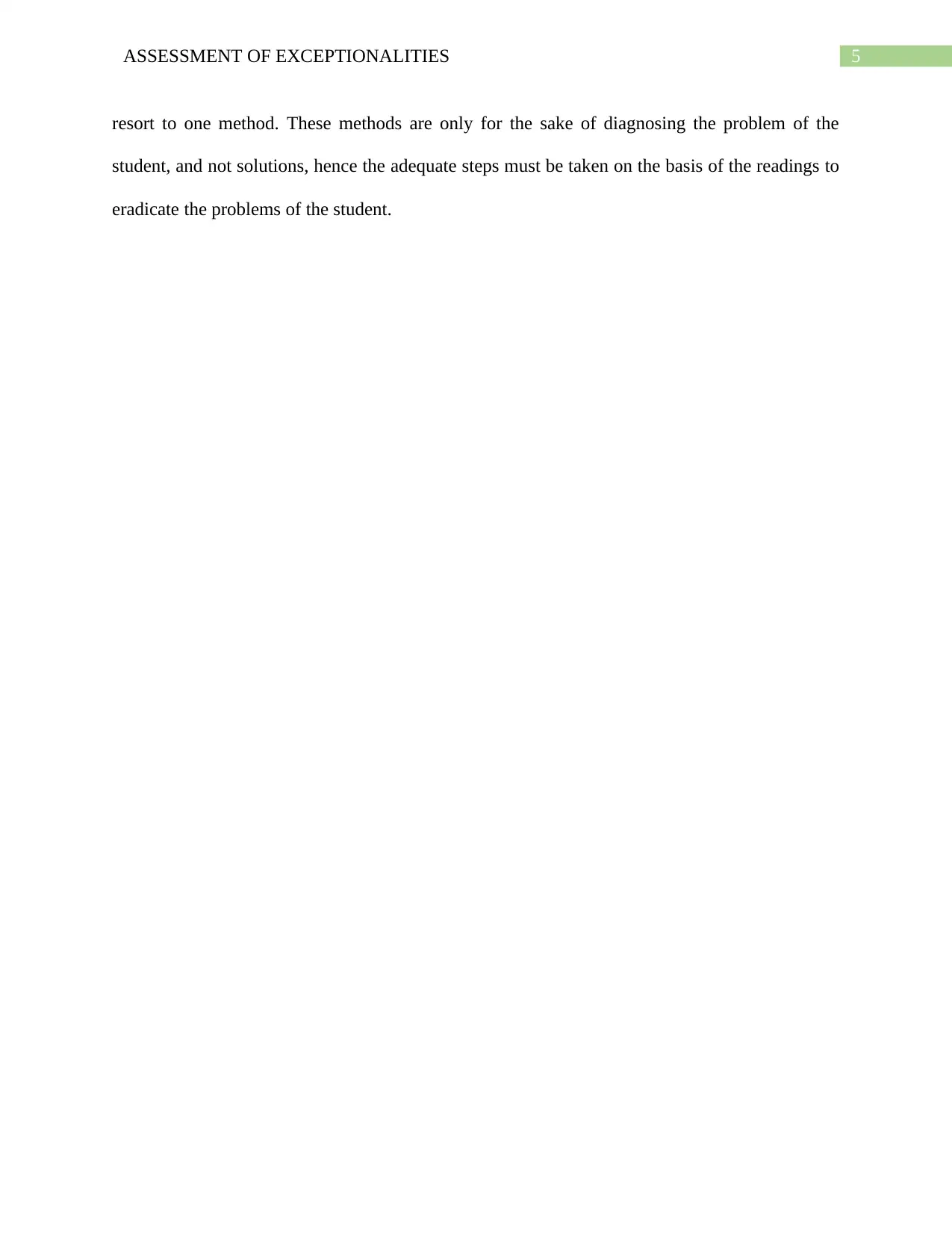
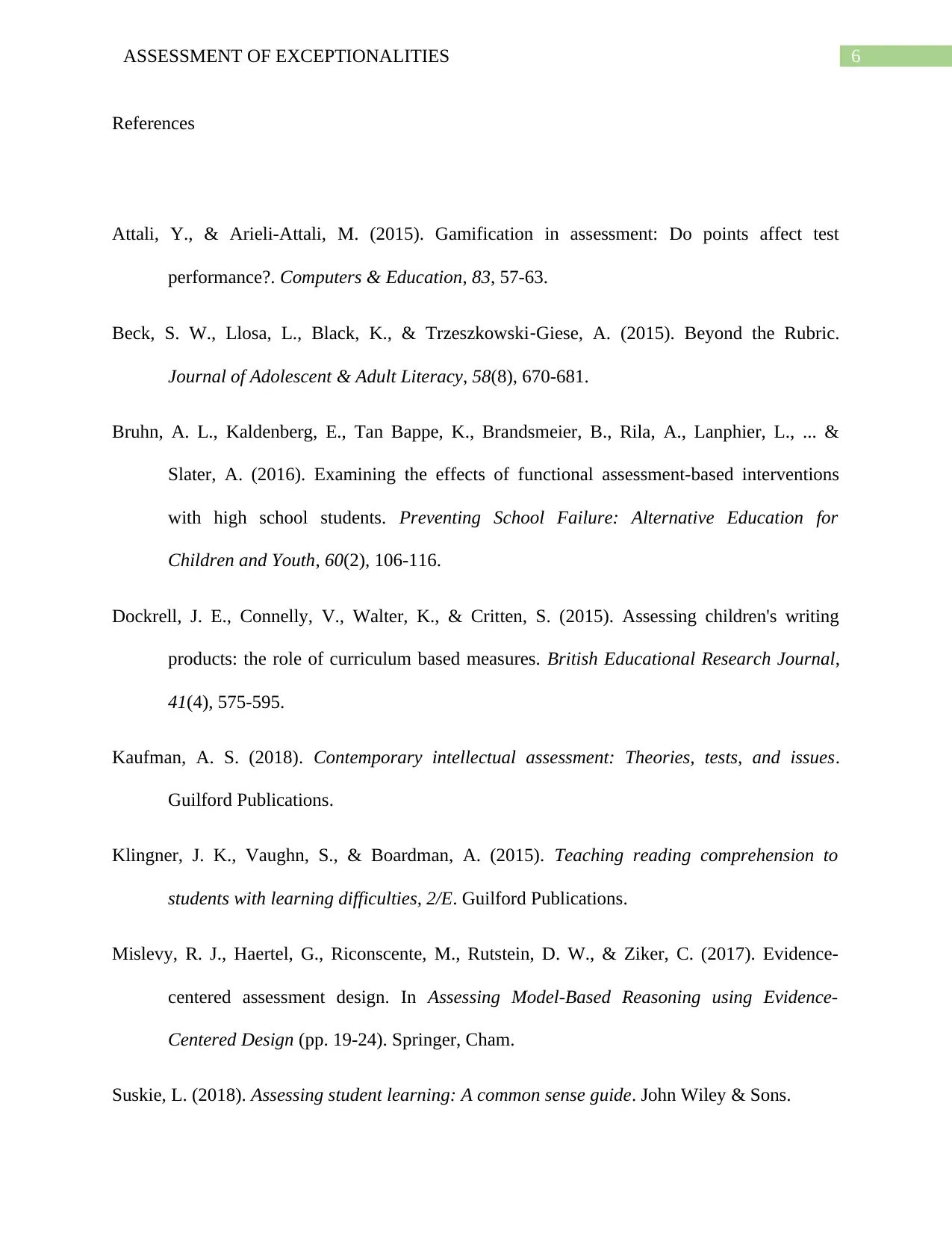






![[object Object]](/_next/static/media/star-bottom.7253800d.svg)